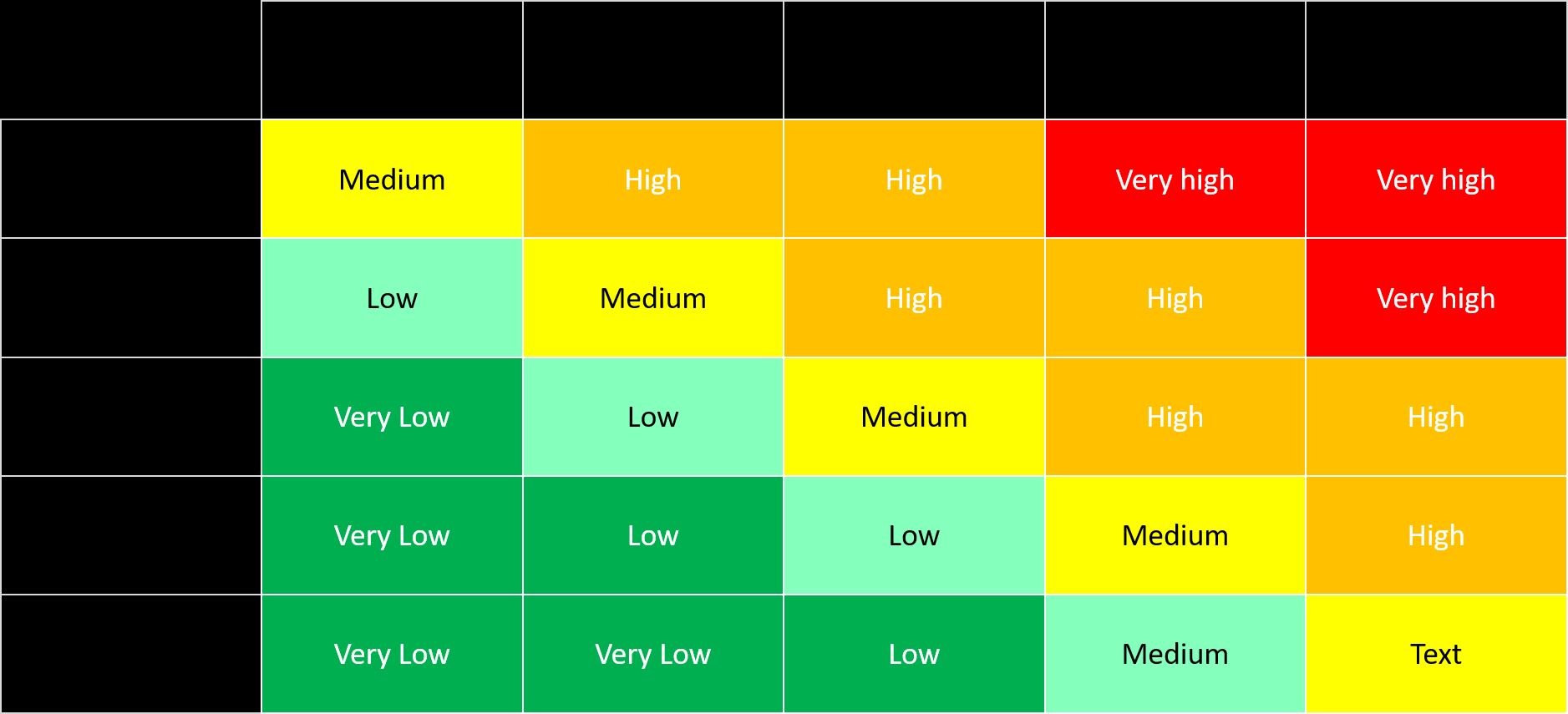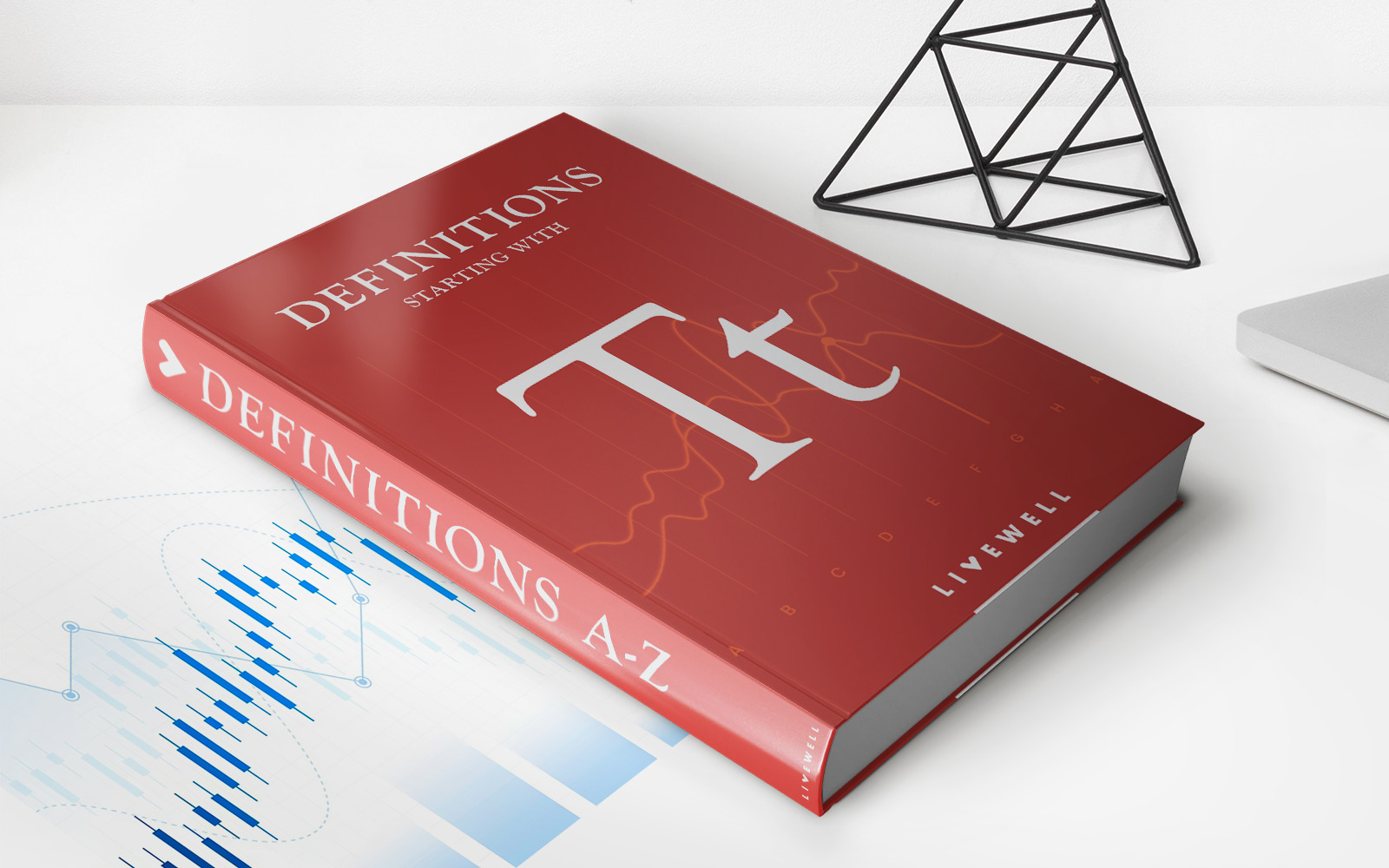

Finance
Environmental Tariff Definition
Published: November 18, 2023
Learn the definition of environmental tariff in finance and how it can impact businesses. Discover its role in promoting sustainability and mitigating environmental risks.
(Many of the links in this article redirect to a specific reviewed product. Your purchase of these products through affiliate links helps to generate commission for LiveWell, at no extra cost. Learn more)
Understanding Environmental Tariff Definition: A Sustainable Approach to Finance
Welcome to our finance blog, where we delve into various aspects of the financial world. In this category, we explore a wide range of topics related to money management, investments, and economic trends. Today, we are going to focus on a unique concept that combines both finance and environmental sustainability – the Environmental Tariff Definition.
Have you ever wondered how governments can encourage businesses to adopt environmentally friendly practices while still maintaining economic growth? This is where the concept of the environmental tariff comes into play. Essentially, an environmental tariff is a financial tool that aims to incentivize companies to reduce their carbon footprint and promote sustainable practices.
Key Takeaways:
- An environmental tariff is a financial tool that incentivizes companies to adopt environmentally friendly practices.
- It aims to promote sustainable practices while maintaining economic growth.
So, how does an environmental tariff work?
The process begins with the imposition of a tax or levy on goods or services that have a negative impact on the environment. The revenue generated from this tax can then be reinvested into various environmental initiatives or distributed to companies that demonstrate a commitment to sustainability. By implementing this financial mechanism, governments can create a win-win situation where businesses are encouraged to adopt greener practices, and the revenue generated can be used to fund projects that support environmental conservation.
Here are a few key benefits of implementing an environmental tariff:
- Promotes sustainable business practices: By imposing tariffs on environmentally harmful activities, companies are motivated to adopt sustainable practices to avoid financial penalties.
- Funds environmental initiatives: The revenue generated from the environmental tariff can be invested in projects that focus on renewable energy, conservation, or other green initiatives.
- Reduces carbon emissions: By discouraging environmentally harmful activities through financial penalties, an environmental tariff can help reduce carbon emissions and mitigate climate change.
- Encourages innovation: With the financial incentives provided by the environmental tariff, businesses are encouraged to innovate and develop sustainable alternatives to reduce their carbon footprint.
In conclusion, an environmental tariff acts as a bridge between finance and sustainability, as it encourages businesses to adopt environmentally friendly practices while driving economic growth. By providing financial incentives and penalties, governments can steer companies towards a more sustainable future, resulting in a win for both the environment and the economy.
Stay tuned to our finance category for more in-depth insights and analysis on various finance-related topics. If you have any questions or suggestions for future blog posts, let us know in the comments section below!














